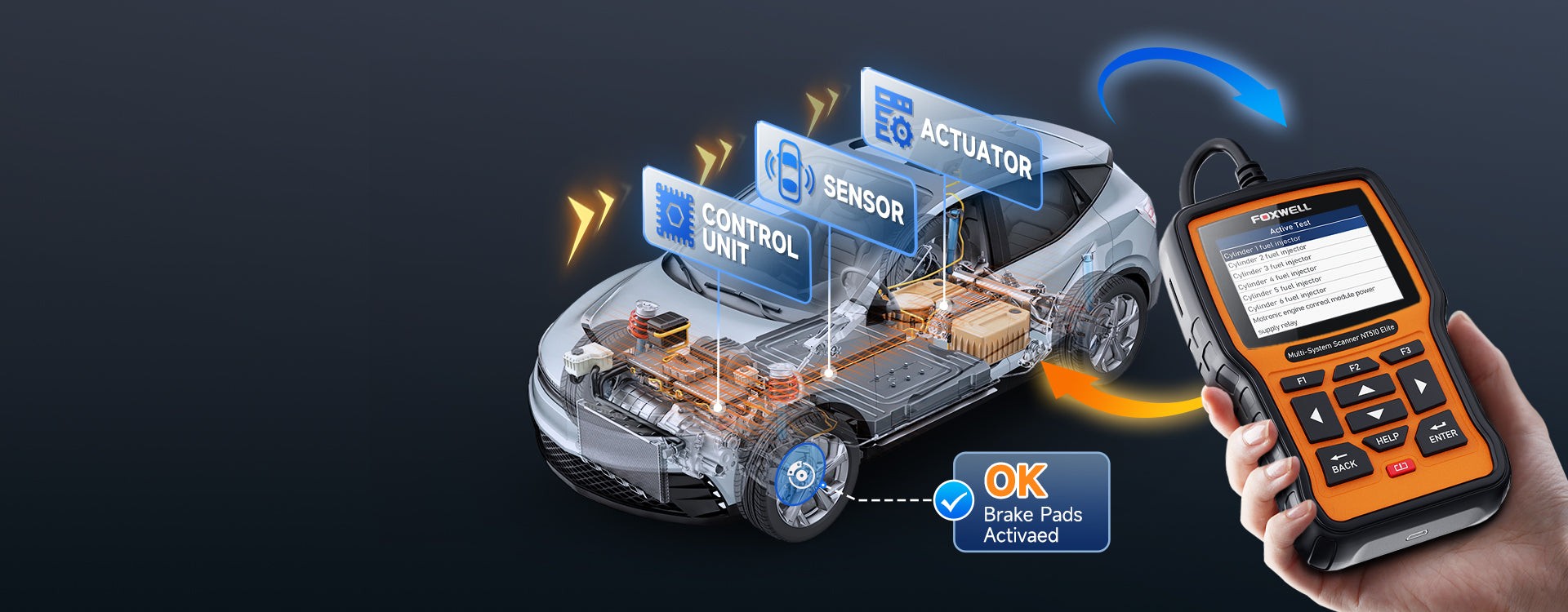Imagine your car battery dies on a frigid winter morning. You get a jump start and replace the battery, but now your car’s electrical system is acting up. Warning lights flash across the dashboard. This could be because you forgot to register the new battery with the car’s computer. An Obd2 Scanner With Battery Reset capability can solve this problem.
What is an OBD2 Scanner with Battery Reset?
An OBD2 scanner plugs into your car’s diagnostic port to read and clear trouble codes, monitor performance, and perform various diagnostic functions. A key feature in advanced scanners is battery registration, also known as battery reset. This function is crucial for modern vehicles, especially those with start-stop technology.
Why is Battery Registration Essential?
Today’s cars have sophisticated Battery Management Systems (BMS). The BMS monitors and controls battery charging and discharging. When you replace your battery, the BMS needs to know. Battery registration informs the BMS about the new battery’s specifications, ensuring optimal performance and longevity.
Benefits of Battery Registration:
- Optimized Battery Performance: The BMS adjusts charging parameters to match the new battery, preventing overcharging or undercharging, which can shorten battery life.
- Preventing Electrical Problems: Incorrect charging due to non-registration can lead to flickering lights, malfunctioning electronics, and even system failure.
- BMS Reset: Registration clears old battery-related error codes and ensures accurate calibration for the new battery, providing accurate diagnostics.
- Improved Fuel Efficiency: In start-stop systems, accurate battery data allows the BMS to efficiently manage engine shutdowns and restarts, maximizing fuel economy.
- Enhanced Safety and Reliability: Correctly registered batteries reduce the risk of breakdowns and ensure all systems function properly.
When to Use Battery Registration
- After Every Battery Replacement: Always register a new battery to avoid potential damage and ensure proper BMS function.
- Regular Maintenance Checks: Check battery status every 6-12 months, even without replacement, to ensure optimal BMS performance.
- Troubleshooting Electrical Issues: If you experience flickering lights, unusual warnings, or sudden shutdowns, re-registering the battery might help.
- Before Long Trips: Register the battery before embarking on a long journey to minimize the risk of unexpected breakdowns.
- Post-Service Check: After any service involving battery disconnection, use the registration function to recalibrate the system.
Choosing the Right OBD2 Scanner with Battery Reset
Consider these features when selecting an OBD2 scanner with battery reset:
- Vehicle Compatibility: Ensure the scanner supports your car’s make and model.
- User-Friendly Interface: Opt for an intuitive scanner that makes battery registration easy.
- Live Data and Diagnostics: Look for scanners offering live data monitoring and additional diagnostic capabilities beyond battery reset.
- Software Updates: Choose a scanner with regular software updates to stay current with new vehicle models and functions.
- Durability and Portability: Select a robust and portable scanner for convenient use.
How to Register a Battery with an OBD2 Scanner
- Connect the Scanner: Plug the OBD2 scanner into the diagnostic port under the dashboard.
- Turn on the Ignition: Turn the key to the “on” position without starting the engine.
- Access Battery Registration: Navigate to the battery registration menu on the scanner.
- Select Battery Type: Enter the new battery’s type and capacity.
- Register the Battery: Follow the on-screen prompts to complete the registration process.
- Verify Success: Check for error codes and confirm that the BMS recognizes the new battery.
Top OBD2 Scanners with Battery Reset
- Autel MaxiCOM MK808: Comprehensive diagnostics, battery registration, 7-inch touchscreen. Wide vehicle coverage and frequent updates but comes at a higher price.
- Foxwell NT650 Elite: Full system diagnostics, battery registration, 10.1-inch touchscreen, wireless connectivity. Professional-grade tool with extensive compatibility but may be complex for beginners.
- Launch X431 V Pro: Affordable with battery registration and various reset functions. User-friendly and reliable but with limited advanced features.
- Innova 6100P: Reads and clears ABS, SRS, and engine codes, includes battery registration. Budget-friendly for DIY enthusiasts, but lacks advanced features.
Conclusion
An OBD2 scanner with battery reset is an essential tool for modern car maintenance. Registering a new battery correctly ensures optimal performance, prevents electrical issues, and extends battery life. Investing in a quality scanner with this capability is a wise decision for both professionals and car enthusiasts.

